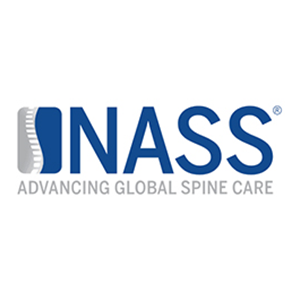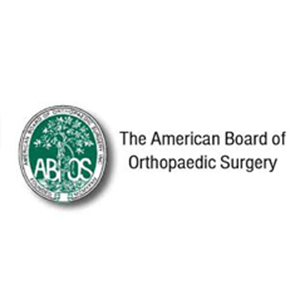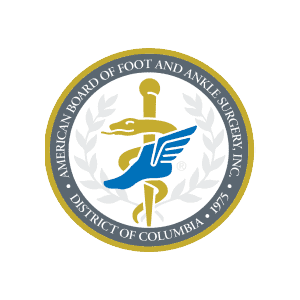What is Heel Pain?
The heel is a crucial structure, housing a cushion of fatty tissue around the heel bone (calcaneus) that maintains its shape under the pressure of body weight and movement. This cushion safeguards foot structures, including the calcaneus, muscles, and ligaments. Heel pain is a prevalent foot complaint with various potential causes.
Anatomy of the Foot
The foot and ankle are intricate structures, consisting of 26 bones, 33 joints, and various soft tissues, including cartilage, ligaments, muscles, tendons, and bursae. These components work collaboratively to provide essential functions such as movement, stability, and balance to the body.
Causes of Heel Pain
Numerous factors contribute to heel pain, including:
- Abnormal Walking Style (Gait): Rolling the feet inwards can impact the heel.
- Obesity: Excess weight puts strain on the heel.
- Ill-fitting Shoes: Footwear that doesn’t provide proper support.
- Activities on Hard Surfaces: Prolonged standing, running, or jumping on rigid surfaces.
- Injury to the Heel: Stress fractures and other traumas.
- Bursitis: Inflammation of bursae, small sacs that lubricate joints and muscles.
- Neuroma: Nerve enlargement contributing to pain.
- Certain Disorders: Conditions like diabetes and arthritis.
Diagnosing Heel Pain
Diagnosis involves:
- Medical History: Comprehensive understanding of symptoms and contributing factors.
- Physical Examination: Evaluation of joints and muscles in the foot and leg.
- X-rays: Imaging to assess underlying structural issues.
Treatment for Heel Pain
Treatment varies based on the cause and may include:
- Rest: Avoiding activities stressing the heel.
- Ice Packs: Application to reduce inflammation.
- Foot Massage: Focusing on the arch of the foot.
- Professional Strapping: Techniques to support and stabilize.
- Night Splint: Worn to alleviate morning pain.
- Flexibility Exercises: Enhancing foot mobility.
- Ultrasound Therapy: Utilizing sound waves for therapeutic benefits.
- Anti-Inflammatory Medicine: Topical or oral medications.
- Posture and Walking Style Check: Correction of imbalances and gait abnormalities.
- Shoe Inserts (Orthoses): Providing additional foot support.
- Surgery: Considered for conditions like neuroma, bursitis, and heel spurs in specific cases.
Individualized treatment plans, tailored to the patient’s condition, are crucial for effective heel pain management. Consulting with healthcare professionals, such as the orthopedic experts at South Bend Orthopedic, ensures a comprehensive approach to diagnosis and treatment.



















